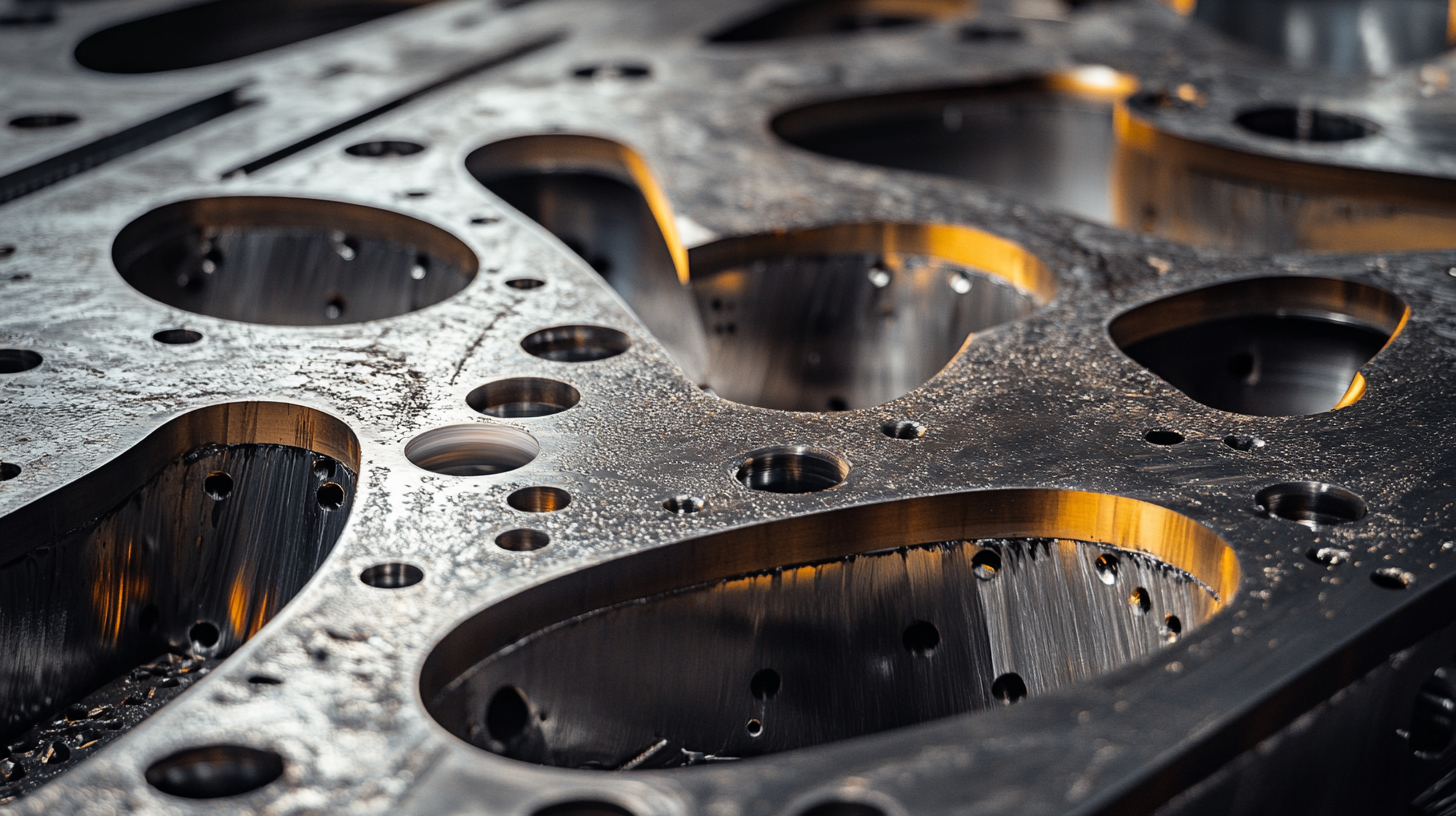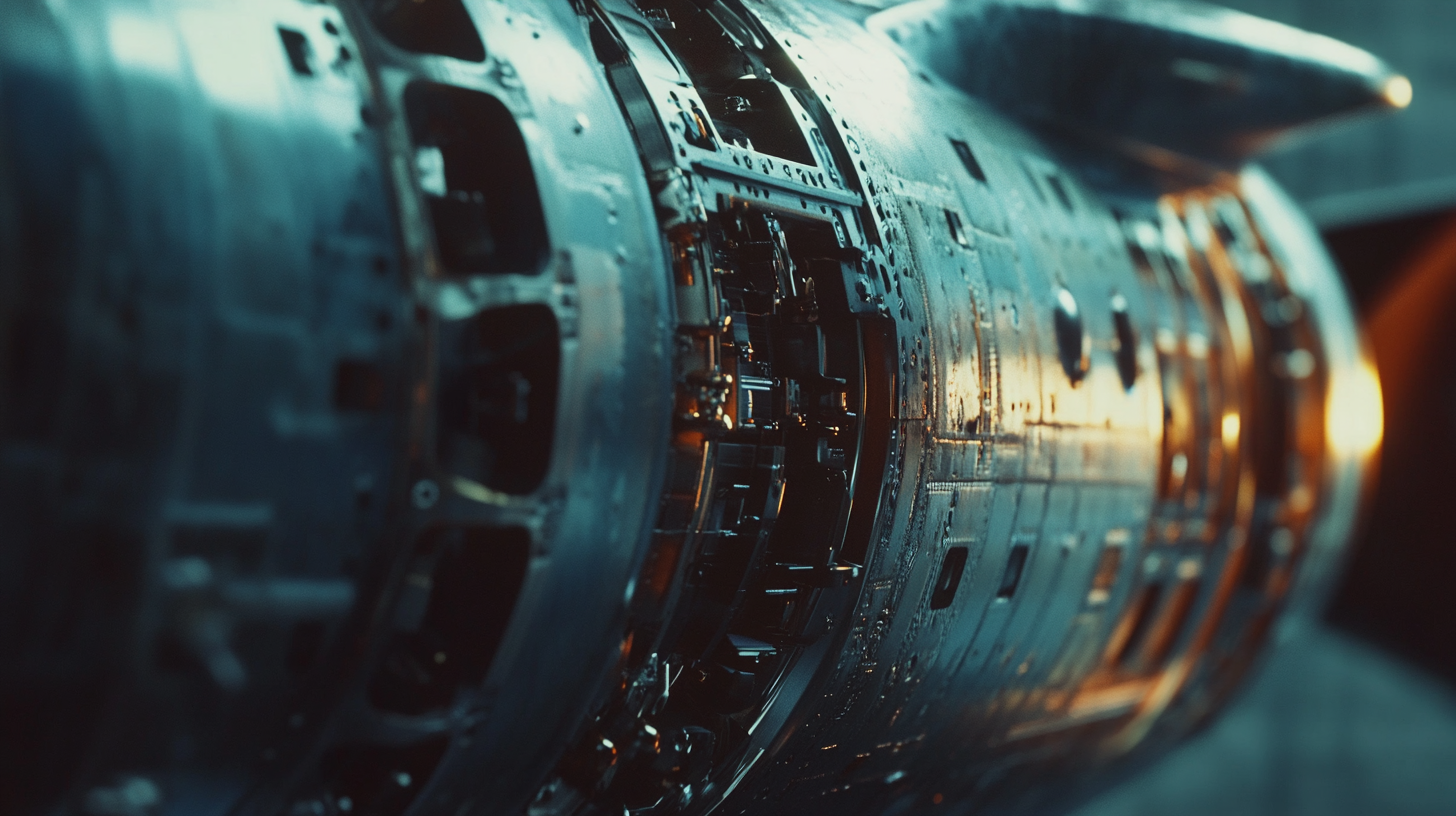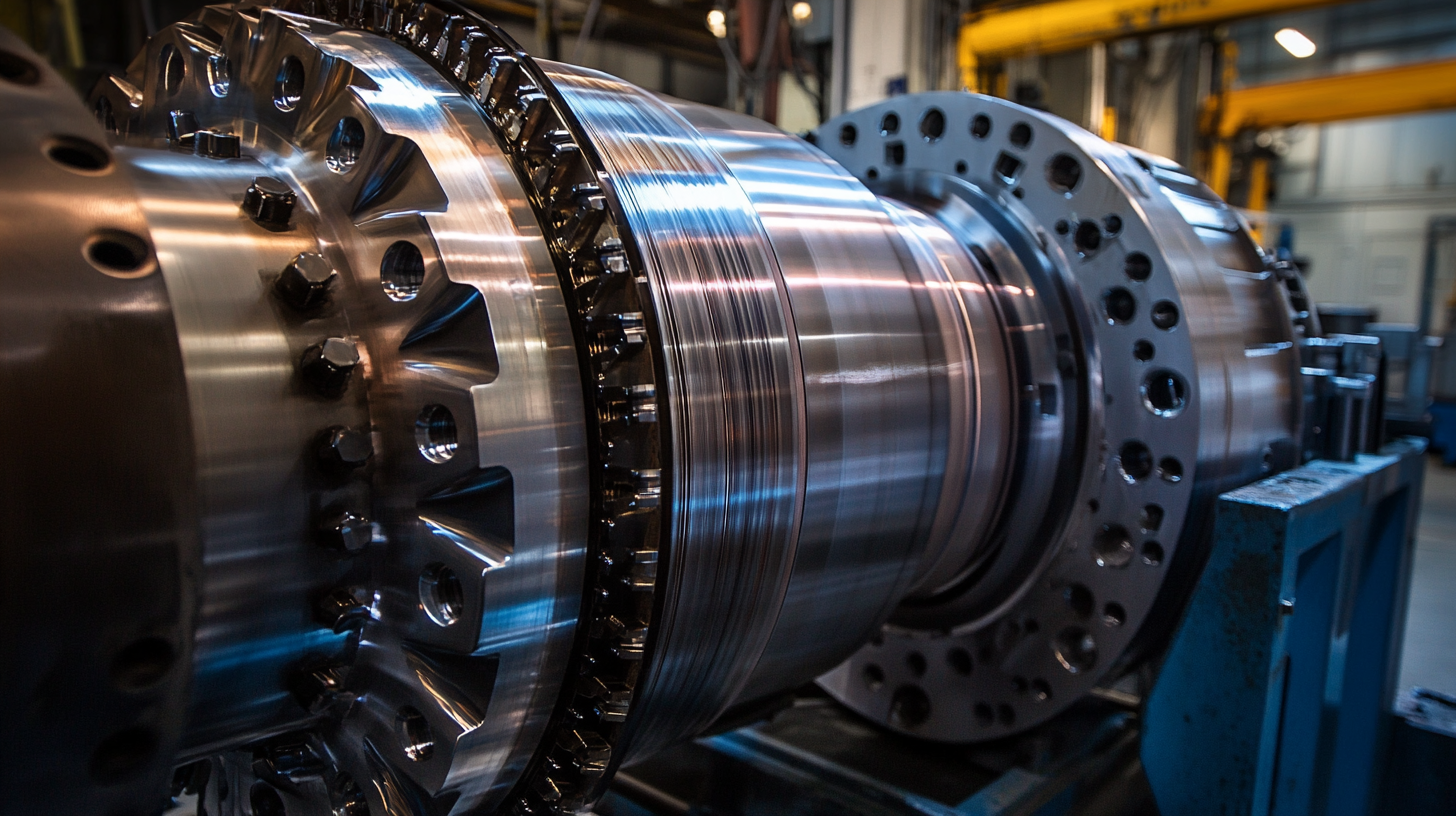© 2025 Messer Cutting Systems, Inc.
In the rapidly evolving field of aerospace manufacturing, precision and efficiency are paramount. One technology that has emerged as a game-changer in this domain is the CNC plasma cutter. Known for its versatility and ability to swiftly handle a variety of materials, the CNC plasma cutter not only enhances the production process but also ensures the high-quality standards required in aerospace applications. As manufacturers strive to achieve greater innovation while maintaining cost-effectiveness, understanding the role of CNC plasma cutters becomes increasingly important.
This blog aims to explore the diverse applications of CNC plasma cutters within aerospace manufacturing, shedding light on how this advanced technology can facilitate the fabrication of complex components with intricate designs. From cutting sheet metals to creating precise parts for aircraft structures, the applications are as varied as they are vital. Join us as we delve into what you need to know about CNC plasma cutters and their transformative impact on the aerospace industry.

CNC plasma cutters have become indispensable tools in aerospace manufacturing due to their precision and versatility. These machines utilize a high-velocity stream of ionized gas, known as plasma, to cut through various materials, including metals and composites. This capability is crucial in aerospace applications where weight reduction and structural integrity are paramount. The ability to create complex shapes and intricate designs with minimal waste significantly enhances production efficiency, making CNC plasma cutters a preferred choice in the industry. In aerospace, where each component must meet strict safety and performance standards, CNC plasma cutters play a vital role in producing parts that fit perfectly within larger assemblies. Their functionality allows for rapid prototyping and adjustment during production runs, accommodating the unique demands of aerospace design while maintaining adherence to aerodynamics and material specifications. As the industry continues to evolve, the integration of CNC technology is likely to expand, further optimizing manufacturing processes and driving innovation in aircraft and spacecraft development.

CNC plasma cutters have emerged as indispensable tools in aerospace manufacturing due to their unique advantages and capabilities. One of the most significant benefits of using CNC plasma cutting technology is its precision. The ability of CNC plasma cutters to produce intricate and accurate cuts ensures that aerospace components meet stringent industry standards. This precision is critical in aerospace applications where even the slightest deviations can impact the performance and safety of aircraft.
Additionally, CNC plasma cutters offer enhanced efficiency. Compared to traditional cutting methods, plasma cutting significantly reduces processing time while maintaining high-quality results. This efficiency not only accelerates production timelines but also allows manufacturers to maximize their resources, leading to cost savings. In an industry where timely delivery is crucial, the speed of CNC plasma cutting presents a distinct competitive advantage.
Another key benefit is the versatility of CNC plasma cutters. These machines are capable of cutting through various materials, including aluminum, stainless steel, and titanium, which are commonly used in aerospace components. This adaptability makes CNC plasma cutting an ideal choice for producing a wide array of aerospace parts, whether for structural components or intricate assemblies. As the aerospace industry continues to innovate and evolve, the integration of CNC plasma cutting technology is becoming increasingly valuable for manufacturers aiming to enhance their production capabilities.

CNC plasma cutting technology is increasingly becoming a cornerstone in aircraft manufacturing, offering precision, speed, and versatility that traditional methods cannot match. According to a recent report by the Allied Market Research, the global CNC plasma cutting market is projected to reach $3.5 billion by 2027, growing at a CAGR of 4.9%. This growth is largely fueled by advancements in aerospace manufacturing processes that require high-quality cuts and reduced lead times.
One of the innovative applications of CNC plasma cutting in the aerospace sector is in the production of intricate components such as wing structures and fuselage sections. The ability of CNC plasma cutters to produce complex geometries with a high level of accuracy allows manufacturers to meet stringent tolerances that are essential for flight safety and performance. Data from the Aerospace Industries Association indicates that improving manufacturing efficiency through technologies like plasma cutting can reduce production time by up to 30%, which is critical in a fiercely competitive industry.
Moreover, CNC plasma cutting contributes to waste minimization, a major consideration in aerospace manufacturing. The reduced kerf and high-speed processing of materials like aluminum and titanium result in significant material savings. Furthermore, it enables the use of nested cutting patterns that optimize material usage, as noted in a recent study published in the Journal of Aerospace Engineering. With the ongoing push for sustainability in aerospace production, these advantages position CNC plasma cutting as a vital tool in modern manufacturing strategies.

CNC plasma cutters have become increasingly popular in aerospace manufacturing due to their precision and versatility compared to traditional cutting methods. According to a report by the International Association for the Aeronautical Industry, the demand for advanced manufacturing technologies, including CNC plasma cutting, is expected to grow by 7% annually through 2025. This growth is primarily driven by the need for improved efficiency, reduced waste, and enhanced accuracy in the production of complex aerospace components.
When comparing CNC plasma cutters to traditional cutting methods such as oxy-fuel cutting or mechanical cutting, several factors come into play. CNC plasma cutting offers a higher cut speed and superior precision, especially when dealing with materials like aluminum and stainless steel, which are commonly used in aerospace applications. A study by the Aerospace Manufacturing and Design magazine highlighted that CNC plasma cutting can reduce material processing time by up to 30%, allowing manufacturers to meet tighter deadlines and improve their overall productivity.
Moreover, the ability of CNC plasma cutters to create intricate designs and clean edges eliminates the need for extensive post-processing, which is often required with traditional methods. The National Institute of Standards and Technology reported that the adoption of automated cutting technologies could decrease manufacturing costs by approximately 20%. This economic advantage makes CNC plasma cutters an attractive option for companies looking to innovate their production processes in the competitive aerospace sector.
The aerospace industry is witnessing significant transformations as CNC plasma cutting technology evolves, driven by advances in automation and artificial intelligence. The CNC machine market is poised for robust growth, with an expected compound annual growth rate (CAGR) of 5.5% in the coming years. This growth is largely attributed to the increasing demand for precision and productivity in smart manufacturing environments. CNC plasma cutters, known for their versatility and capability to handle complex shapes, are becoming indispensable tools in aerospace manufacturing, where accuracy is paramount.
As manufacturers integrate AI into CNC machining processes, we can anticipate an unprecedented level of precision and efficiency. Next-gen CNC machining is set to enhance the capabilities of plasma cutting by optimizing tool paths and reducing cycle times. Reports indicate that the global CNC automatic tool and cutter grinders market is also expanding, reflecting the heightened focus on automation and the need for advanced tooling solutions in the aerospace sector.
Moreover, the integration of smart technologies into CNC plasma cutters is poised to revolutionize traditional manufacturing workflows. With real-time monitoring and adaptive control systems, manufacturers can improve operational efficiencies and decrease material waste. As trends indicate, the future of CNC plasma cutting in the aerospace industry will not only focus on improved cutting technologies but also on sustainable manufacturing practices that align with global environmental standards. This evolution will ultimately enable aerospace manufacturers to meet increasing production demands while maintaining the quality and safety standards that are critical to the industry.
© 2025 Messer Cutting Systems, Inc.